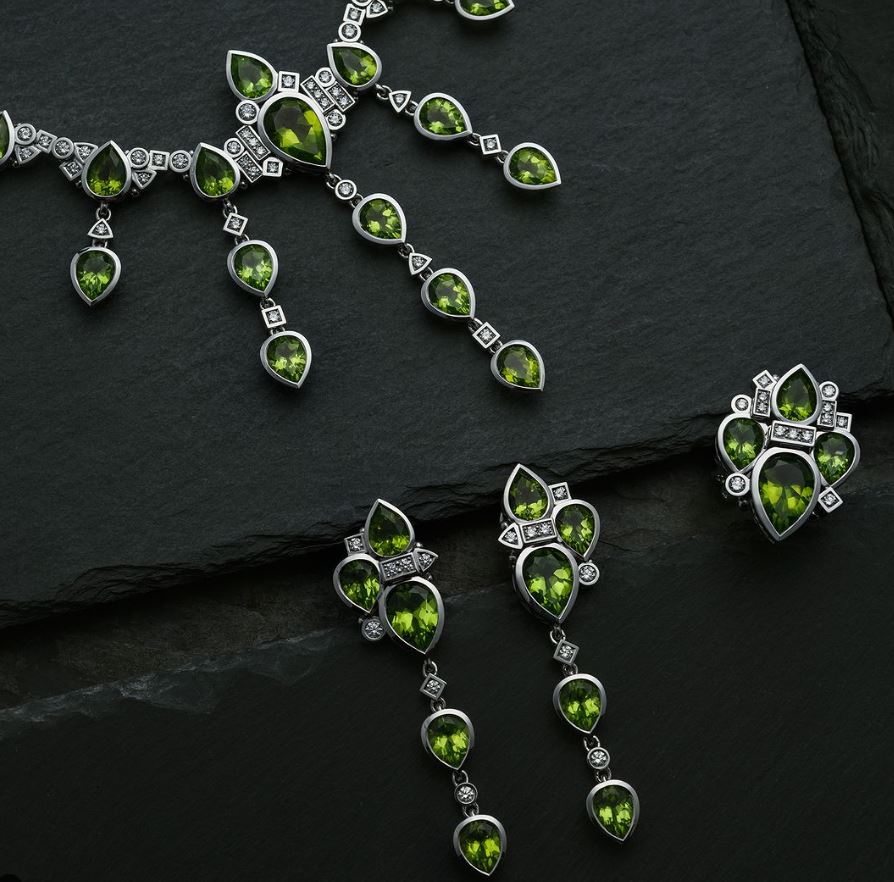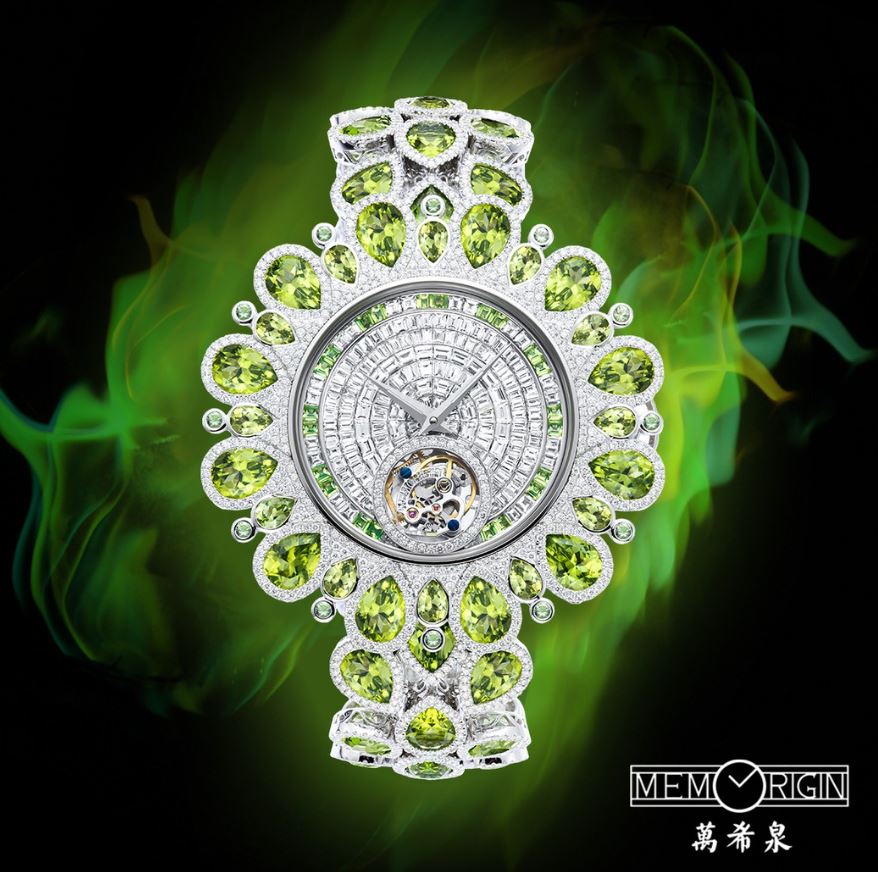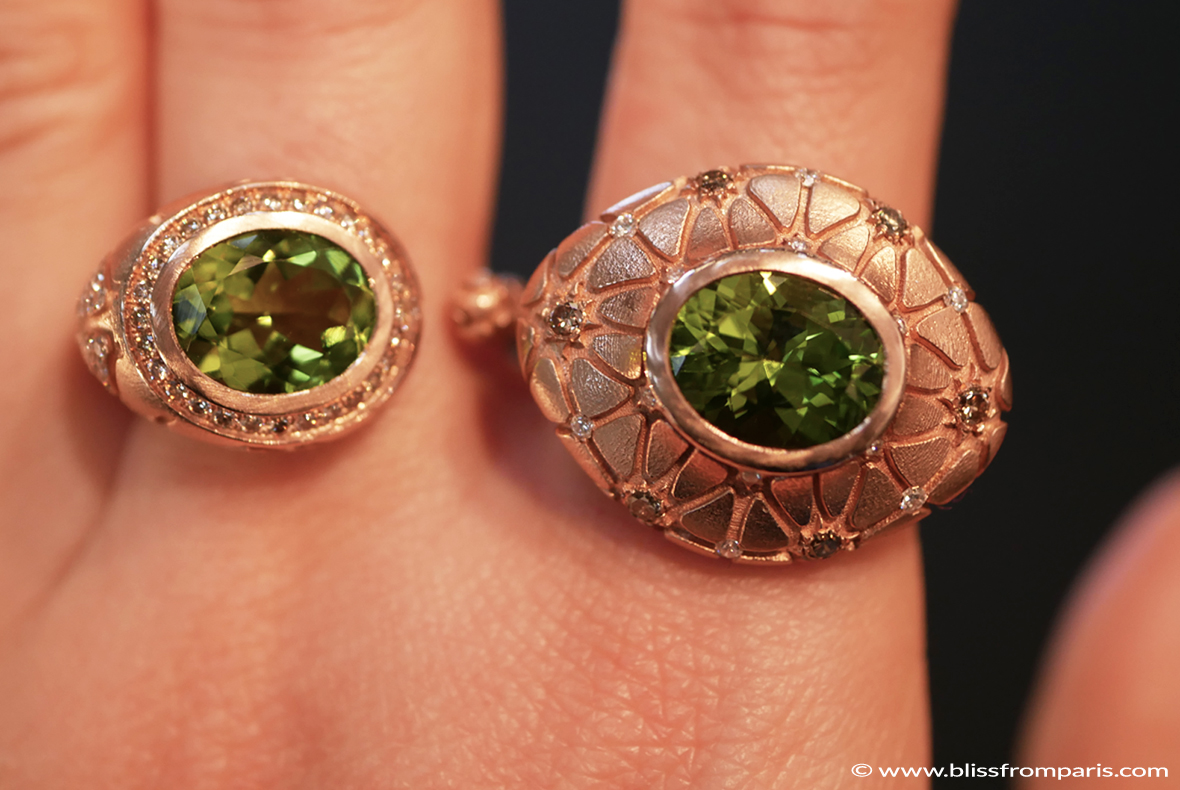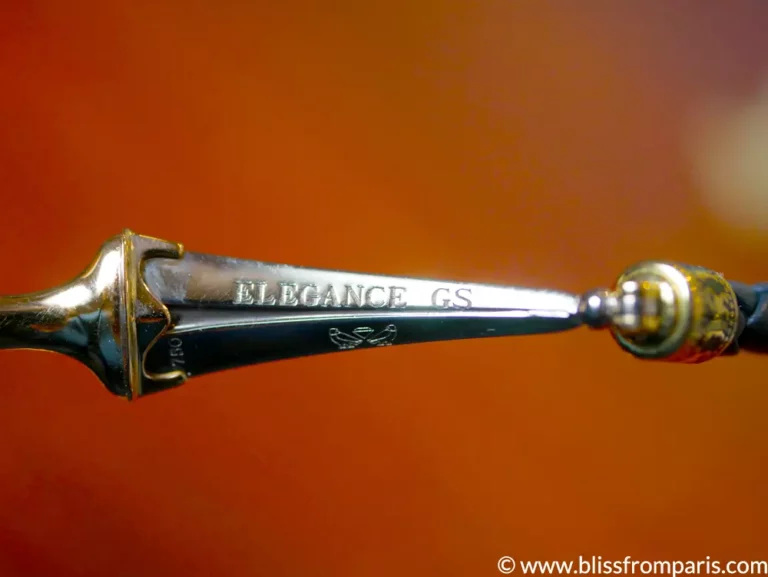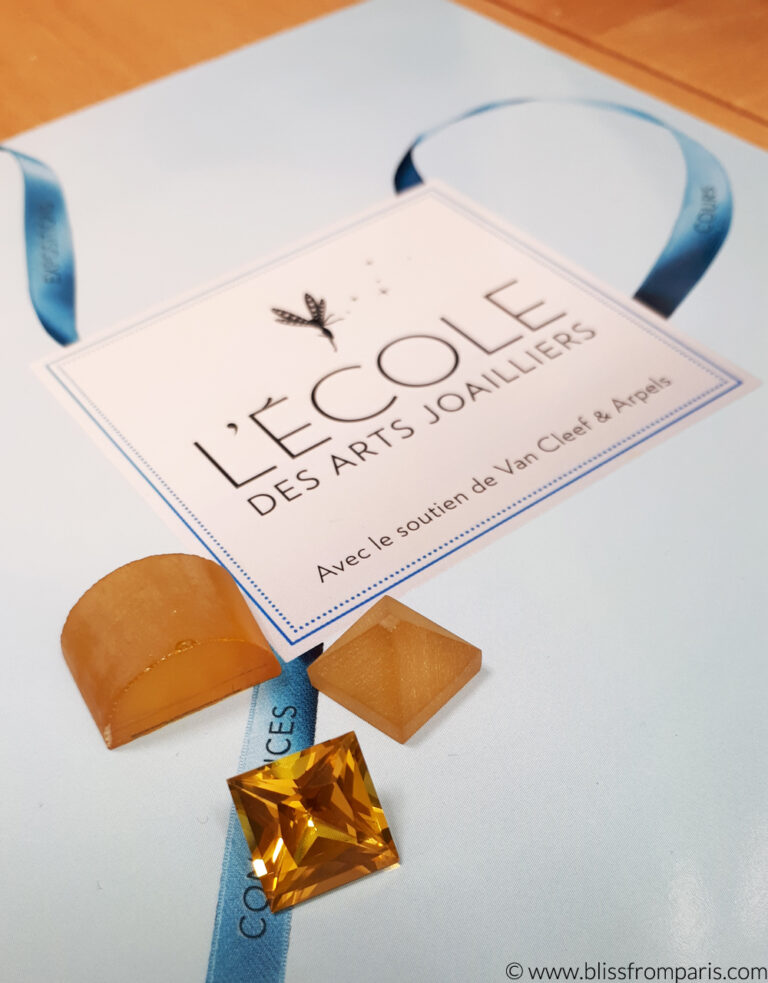When it comes to the world of gemstones, peridot stands out as a remarkable gemstone that exudes a unique charm and mystique. As we delve into the world of gems, let’s embark on a journey to explore the captivating allure of this green gem and its significance in the realm of jewelry.
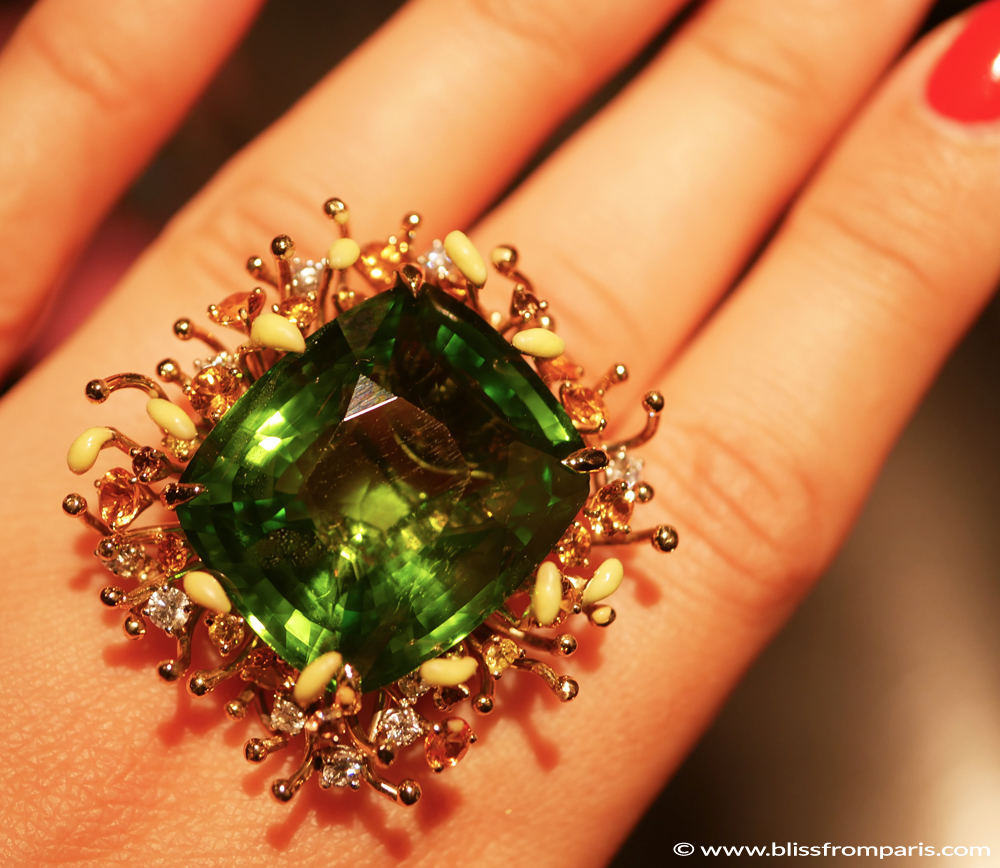
Peridot’s Radiant Hue
Peridot, with its enchanting green hue, has been a source of fascination for countless generations. The vivid green color of peridot ranges from a pale, almost yellowish-green to a deep, rich green, reminiscent of lush landscapes and the vibrant beauty of nature. This gemstone’s coloring is due to the presence of iron within its crystal structure, which infuses it with its signature verdant shade.
What truly sets peridot apart is its ability to exhibit double refraction, a phenomenon that causes the light passing through it to split into two rays. These results in a distinct glow that makes the gem appear doubly brilliant, creating a fascinating visual effect that enhances its allure.
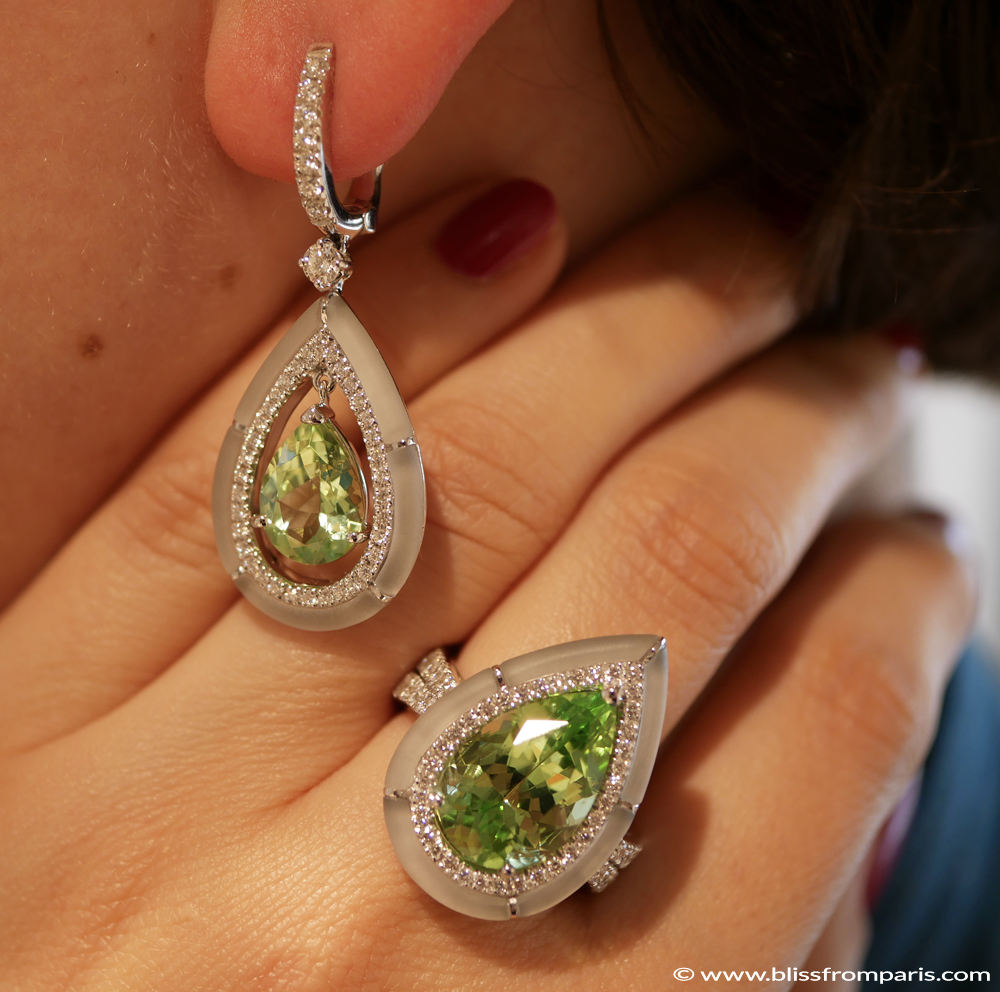
Origins and Legends
Peridot’s history is as captivating as its appearance. Ancient Egyptians held peridot in high regard, considering it the “gem of the sun” due to its radiant color. Cleopatra herself is said to have favored peridot among her extensive collection of jewels.
Legends have it that peridot was often referred to as the “emerald of the evening” due to its tendency to maintain its vibrant hue even under artificial light. This attribute made it a popular choice for jewelry that could be enjoyed both during the day and night.
Its versatile green hue makes it a popular choice for a wide range of designs. Its popularity is further amplified by its relatively affordable price compared to other gemstones, making it accessible to a broader range of jewelry enthusiasts.
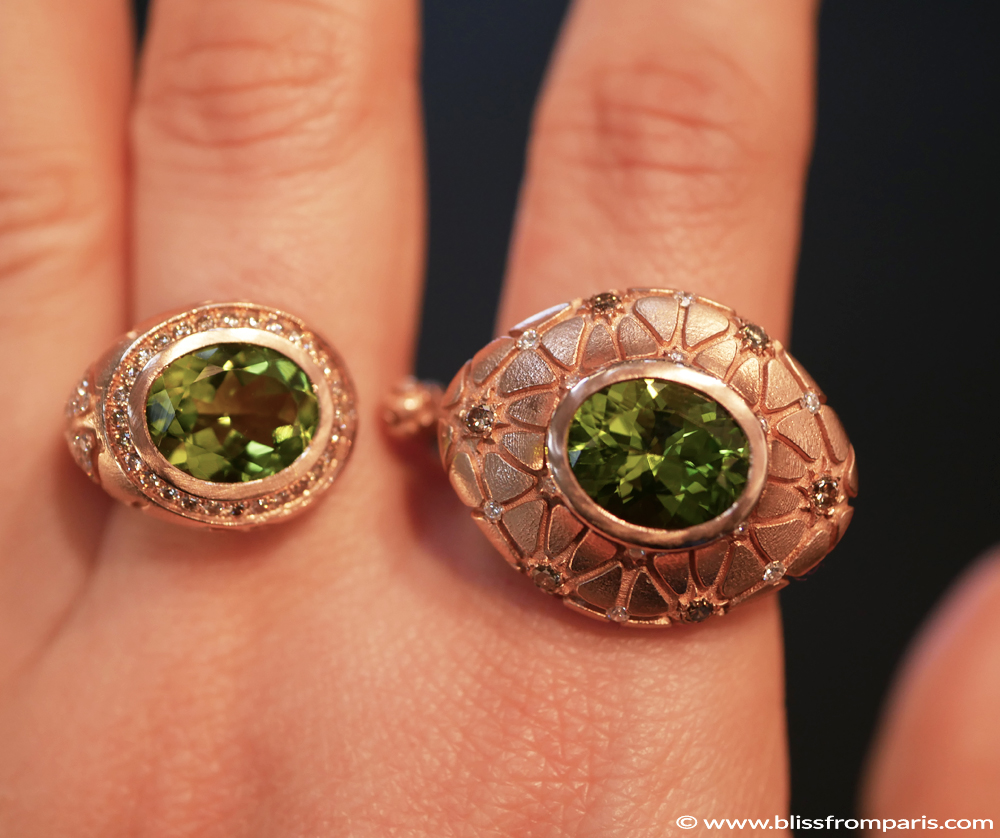
Peridot’s global treasures: where beauty meets earth
Peridot’s journey from deep within the Earth to the hands of jewelry enthusiasts is a remarkable one. This gemstone is primarily found in volcanic rocks and in meteorites that have fallen to Earth. The most renowned sources of peridot include countries such as Egypt, Myanmar, Pakistan, and the United States. Notably, the San Carlos Apache Reservation in Arizona is home to some of the finest peridot deposits in the world.
The fascinating geological processes that give birth to peridot involve intense heat and pressure, as well as volcanic activity. As molten rock cools, peridot crystals form and grow, resulting in the mesmerizing gemstones we cherish today.
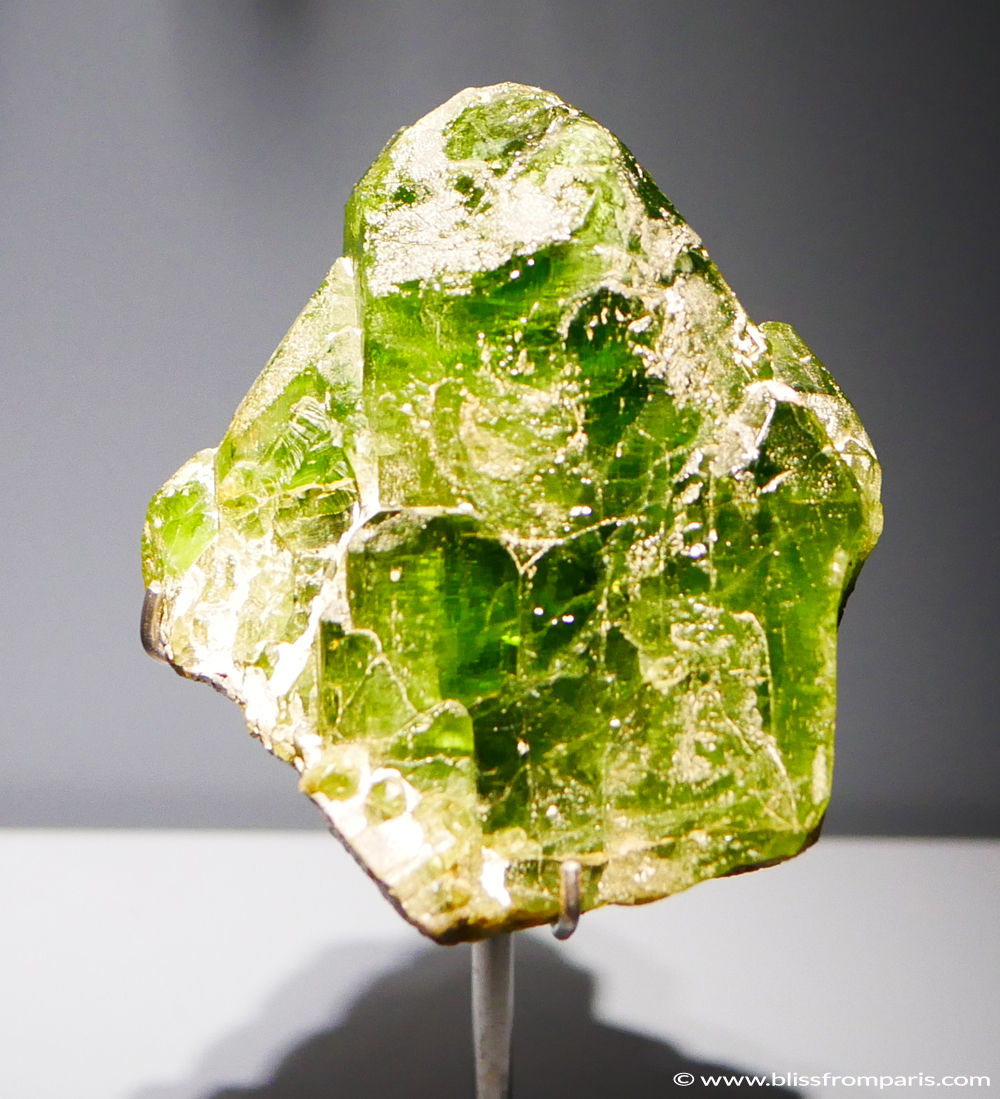
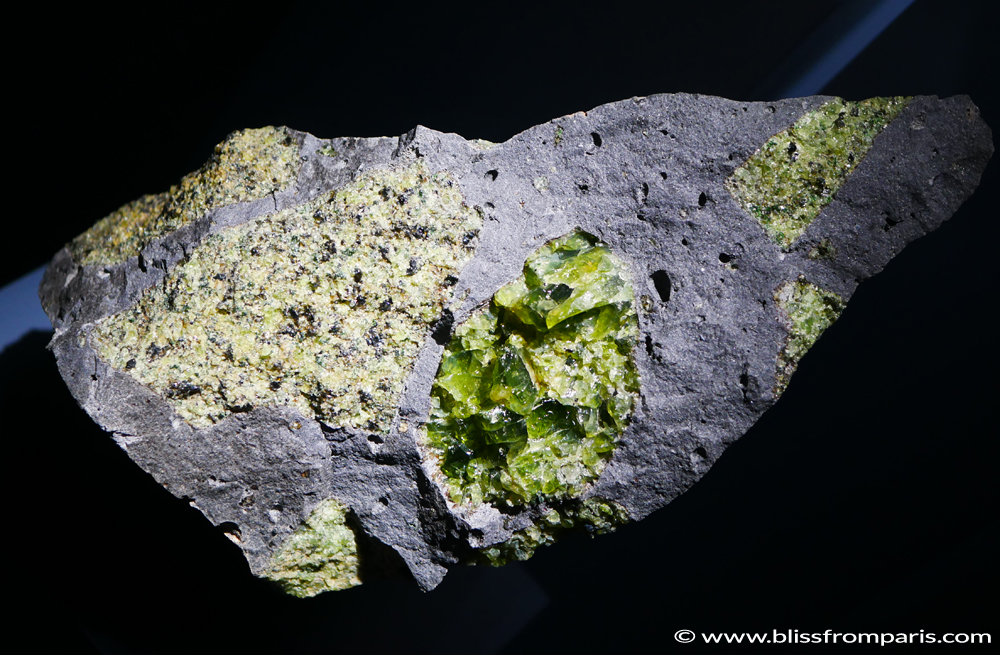
While peridot is relatively durable, with a hardness rating of 6.5 to 7 on the Mohs scale, it does require some care to ensure its longevity and brilliance. To protect the gem from potential damage, it’s recommended to store peridot jewelry separately from harder gemstones and metals. Cleaning should be done gently using mild soap, warm water, and a soft brush.
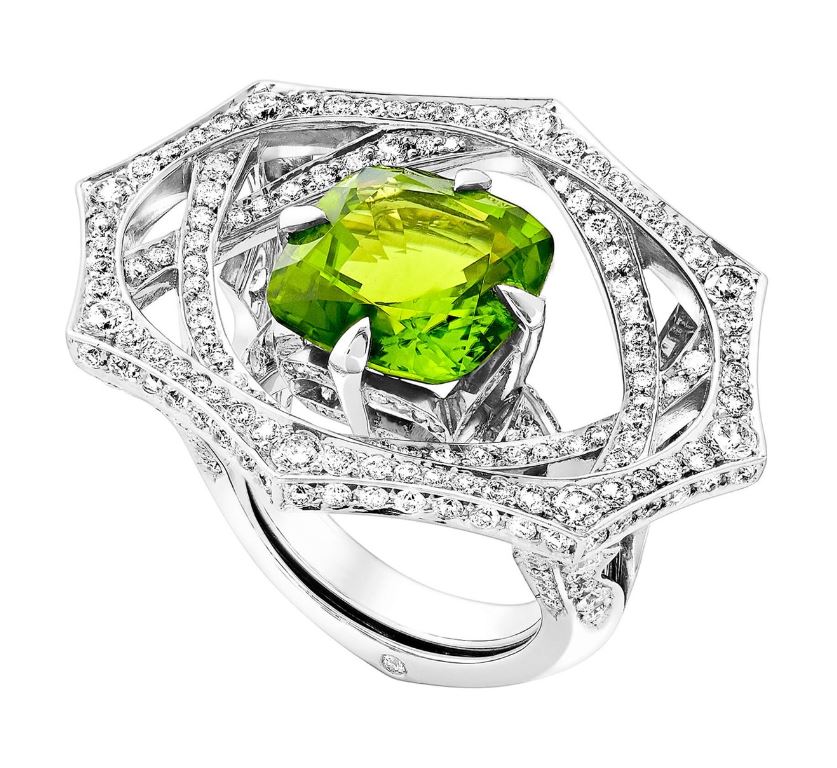
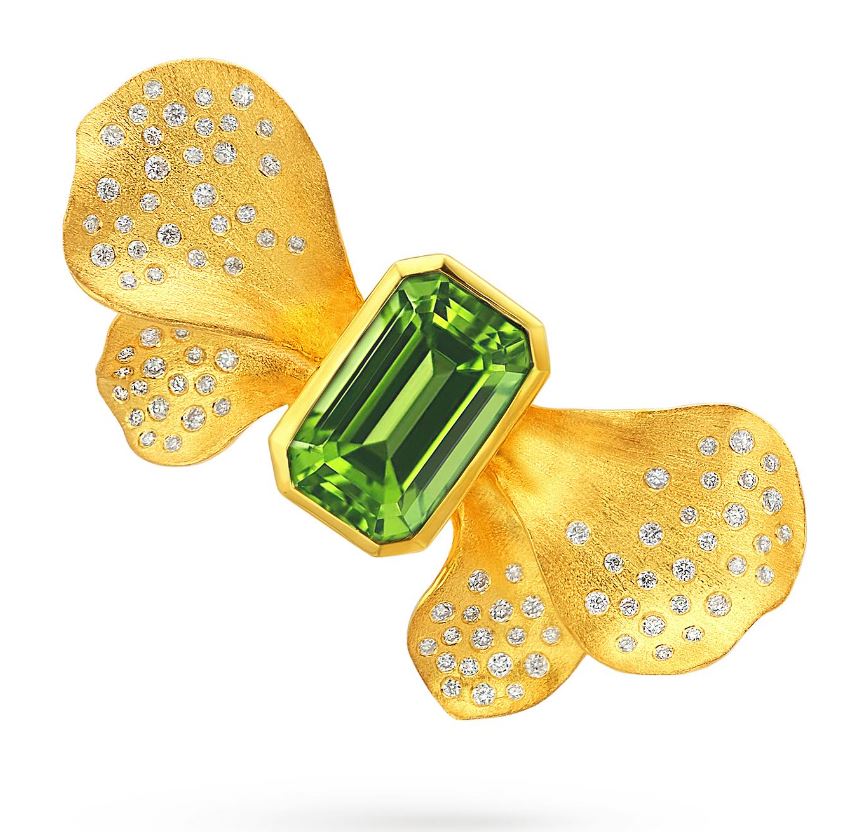
The lure of peridot
Peridot’s radiant green color and fascinating history make it an alluring choice for those seeking to adorn themselves with a gemstone that embodies both natural beauty and cultural significance. Whether it’s a gift to celebrate a birthday in August (peridot’s birthstone month) or a personal indulgence, peridot jewelry offers a glimpse into the Earth’s splendor and the centuries-old appreciation of its treasures. So, whether you’re a jewelry connoisseur or a novice in the world of gems, take a moment to appreciate the enchanting elegance of peridot—a gemstone that continues to captivate hearts and evoke wonder.
